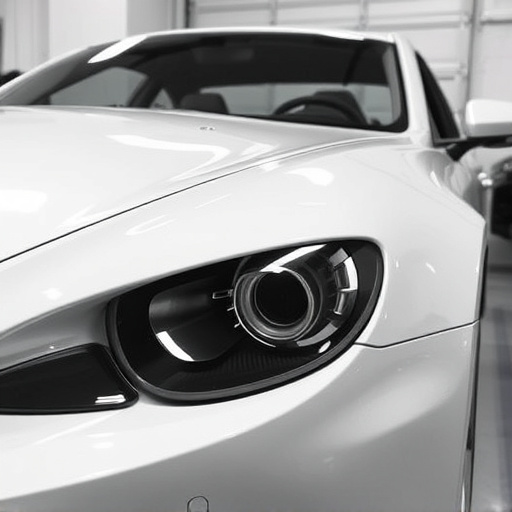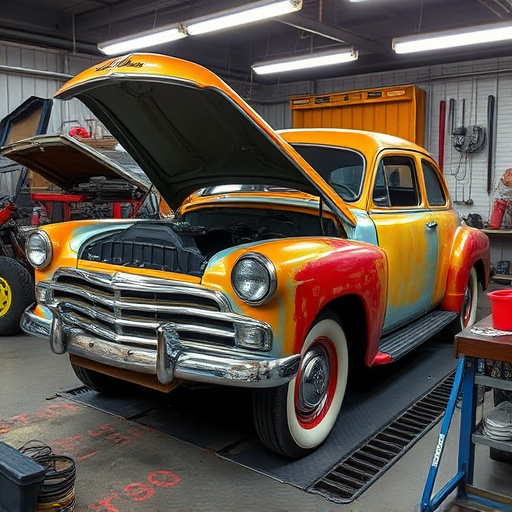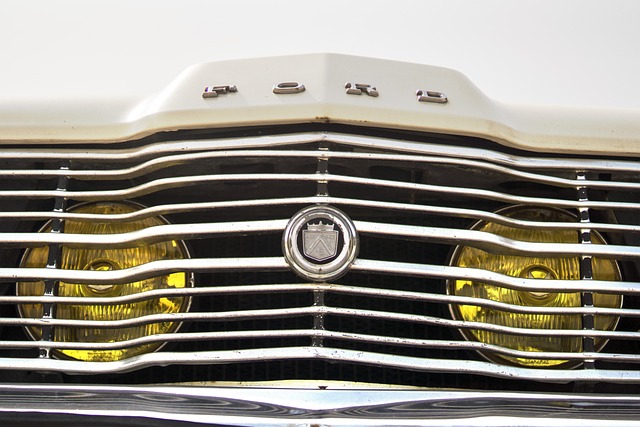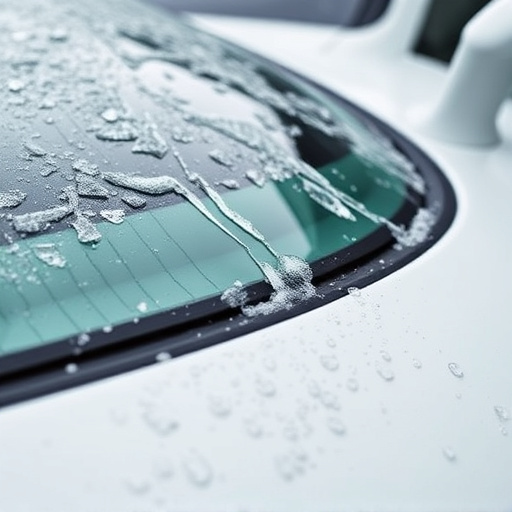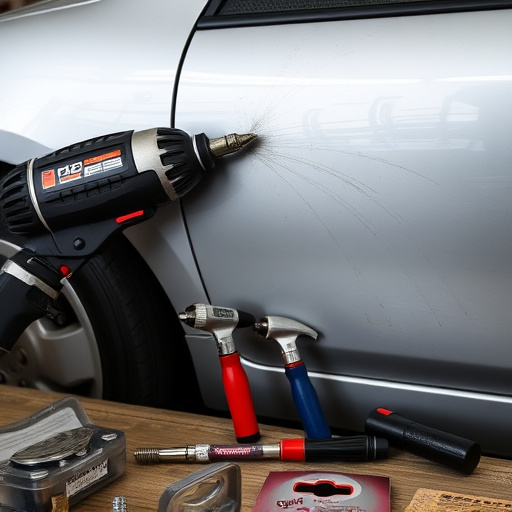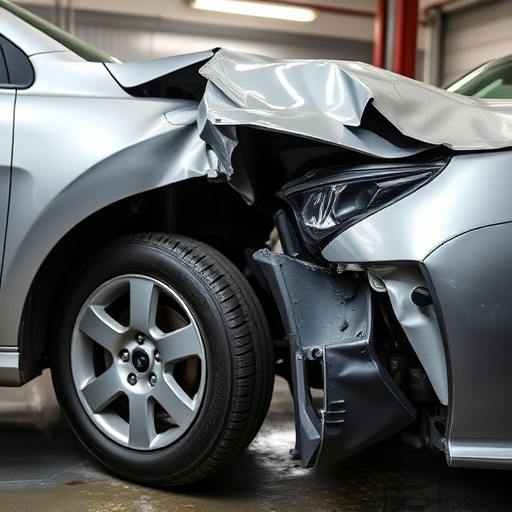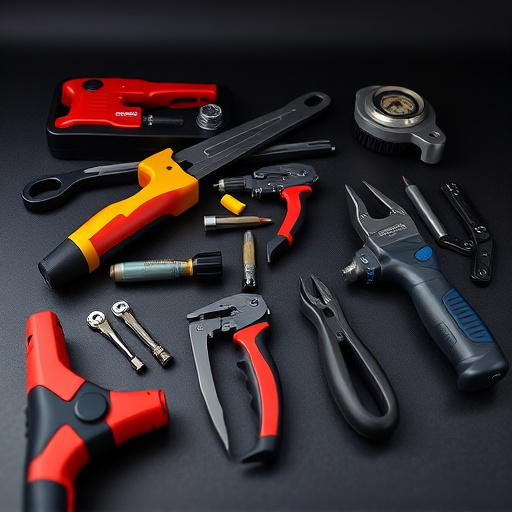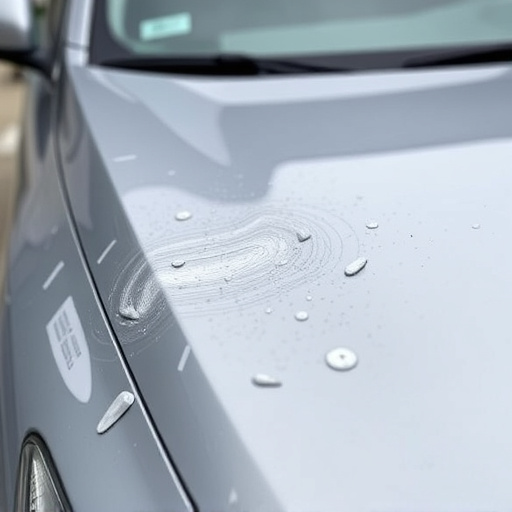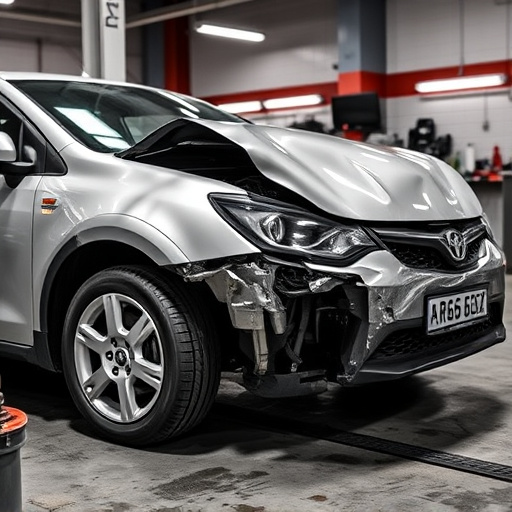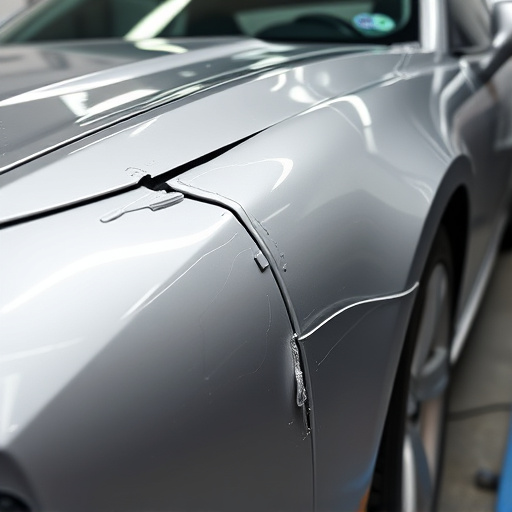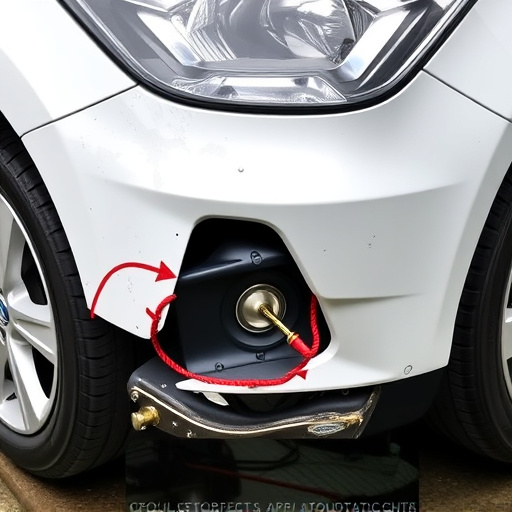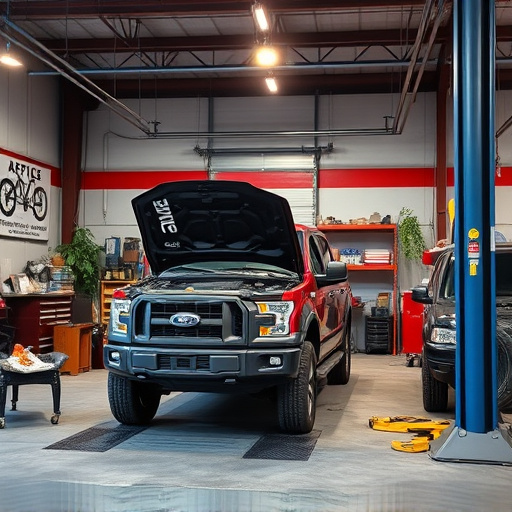Frame rail replacement requires meticulous disassembly, precise measurement, and deep knowledge of components for weight support and safety. Prioritize safety with PPE and proper ventilation. Use specialized tools for efficiency and accurate adjustments. Inspect existing rail, gather tools, position new rail, secure with fasteners, maintaining exact measurements. Follow manufacturer guidelines for durable results in collision centers.
“Frame rail replacement is a crucial process in automotive maintenance, enhancing vehicle stability and safety. This comprehensive guide delves into the essential tools and equipment required for a successful overhaul. From understanding the intricate components of frame rails and their functions to implementing safety measures, we provide a detailed step-by-step installation process. Master these techniques, and you’ll be equipped to navigate the replacement process efficiently, ensuring your vehicle’s structural integrity.”
- Understanding Frame Rail Components and Their Function
- Safety Measures and Tools for Efficient Replacement Process
- Step-by-Step Guide to Successful Frame Rail Installation
Understanding Frame Rail Components and Their Function
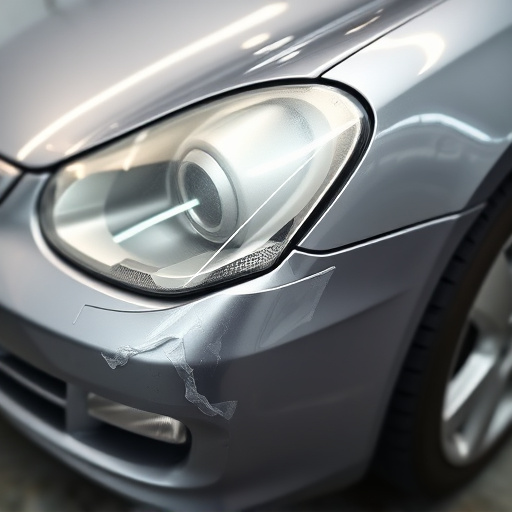
The frame rail, a critical component in any vehicle’s structure, forms the backbone of the car’s chassis. Its primary function is to bear the weight of the vehicle and provide structural integrity during operation. During a frame rail replacement, understanding these components becomes essential for ensuring both safety and functionality. The process involves careful disassembly and precise measurement to fit new rails seamlessly.
Automotive body shops specializing in car bodywork services and collision repair services must possess expertise in identifying the various parts that make up the frame rail system, such as the main rails, cross members, and brackets. Each component plays a specific role in supporting the vehicle’s weight distribution and maintaining its structural stability. This knowledge is crucial for successful frame rail replacement, ensuring the car retains its original strength and safety features after the repair.
Safety Measures and Tools for Efficient Replacement Process
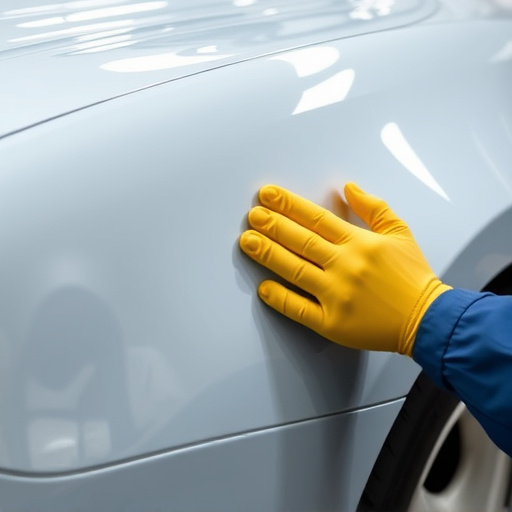
When undertaking a frame rail replacement, safety should be the top priority for any professional or enthusiast. This involves donning appropriate personal protective equipment (PPE), including gloves, safety glasses, and ear protection. A well-ventilated workspace is also crucial to prevent inhaling harmful fumes from paint or other materials used in the process.
The right tools significantly enhance the efficiency of a frame rail replacement. These include specialized frame racks for secure car holding, impact wrenches for fastening removal, and precision measurement tools like calipers to ensure exact adjustments. For body shop services or collision repair services involving frame rail replacement, having high-quality sanders, paint sprayers, and car paint repair kits readily available streamlines the work process, ensuring a smooth finish and precise alignment.
Step-by-Step Guide to Successful Frame Rail Installation
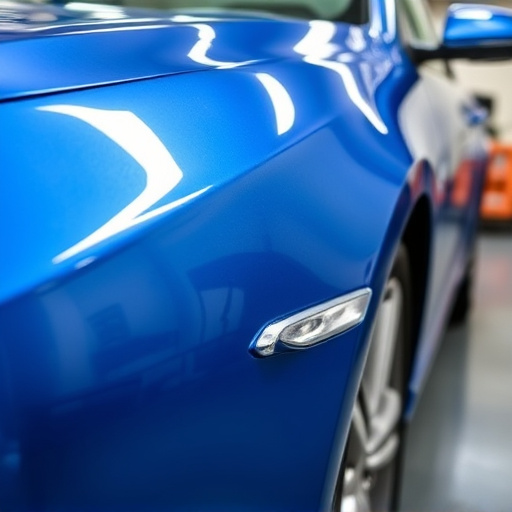
To successfully install a new frame rail, follow this step-by-step guide. Begin by thoroughly inspecting the existing frame for any signs of damage or corrosion, using tools like a flashlight and magnifying glass to ensure comprehensive evaluation. If necessary, address these issues before proceeding with the replacement to prevent future complications.
Next, gather all required tools and equipment, including specialized wrenches, jacks, and safety gear. Position the new frame rail carefully, ensuring proper alignment with the vehicle’s structural components. Secure it in place using appropriate fasteners, such as bolts or welding, following manufacturer recommendations for safety and durability. Throughout the process, maintain a meticulous approach to ensure accurate measurements and adjustments, facilitating seamless integration of the new frame rail into the car body restoration or automotive restoration efforts, especially in collision center settings.
Frame rail replacement is a crucial process that requires a deep understanding of the components involved, adherence to safety measures, and efficient tools. By following the step-by-step guide outlined in this article, automotive enthusiasts can successfully navigate the installation process, ensuring their vehicles maintain stability and structural integrity. Safety should always be the top priority when working on any vehicle, so taking the necessary precautions will not only benefit the replacement process but also guarantee a lasting and reliable frame rail system.


